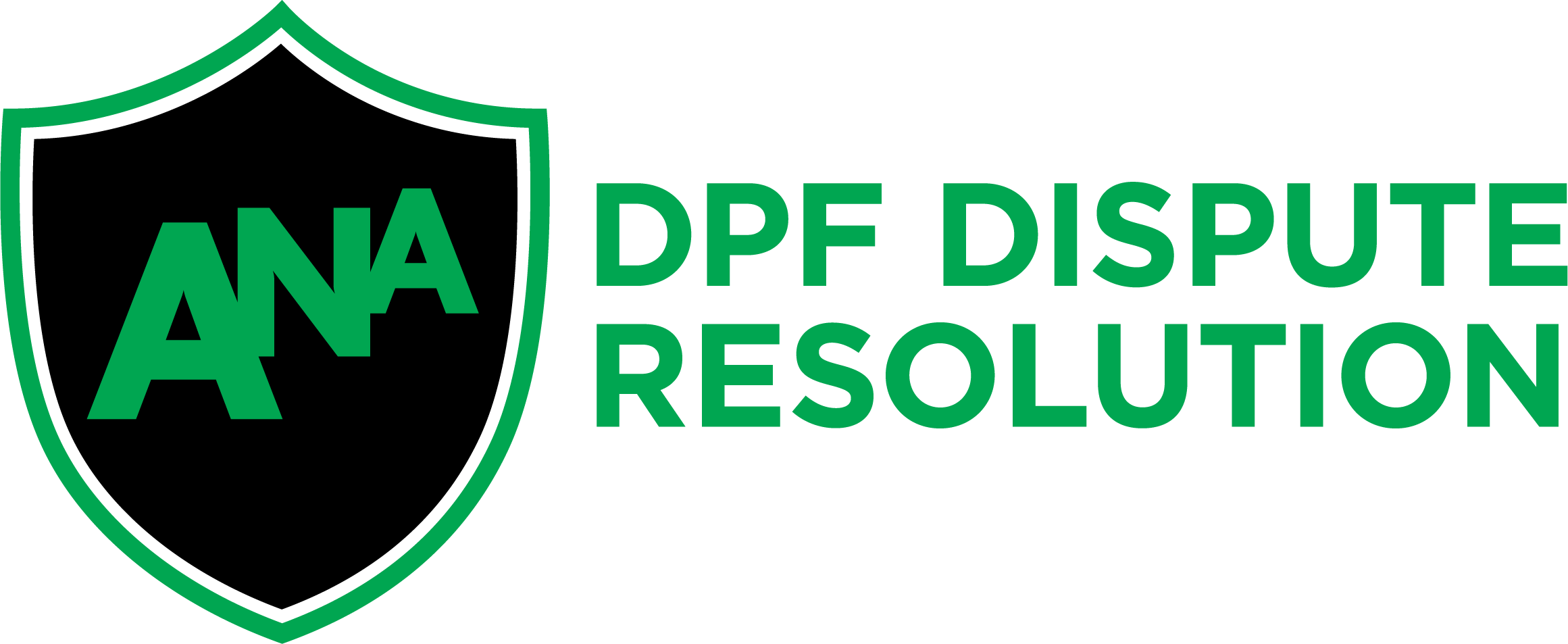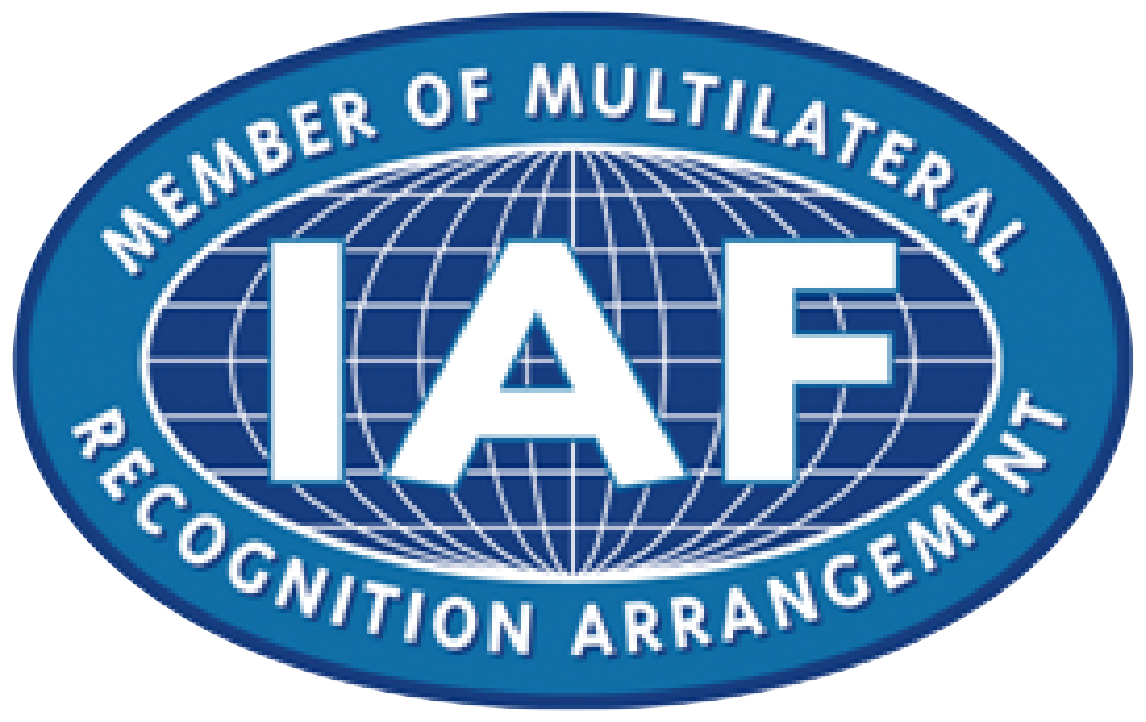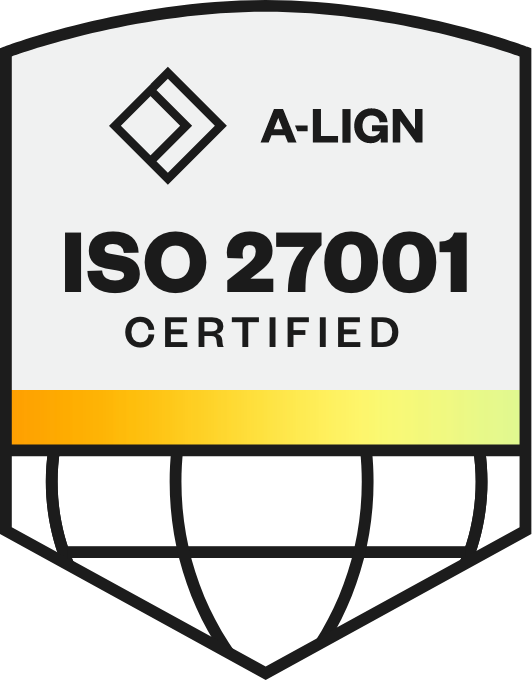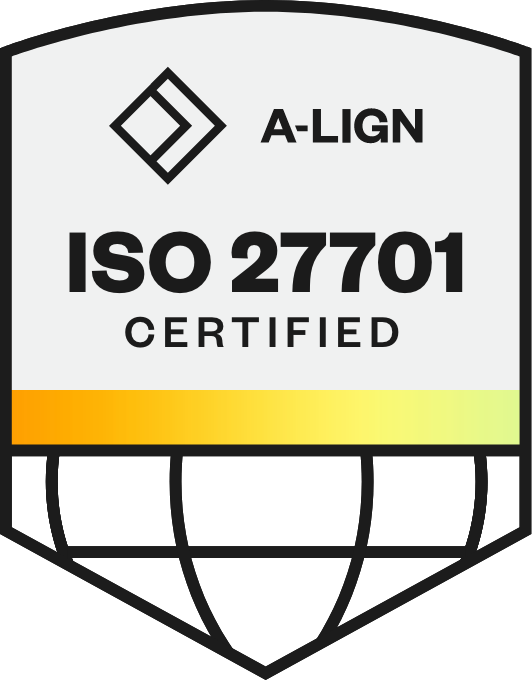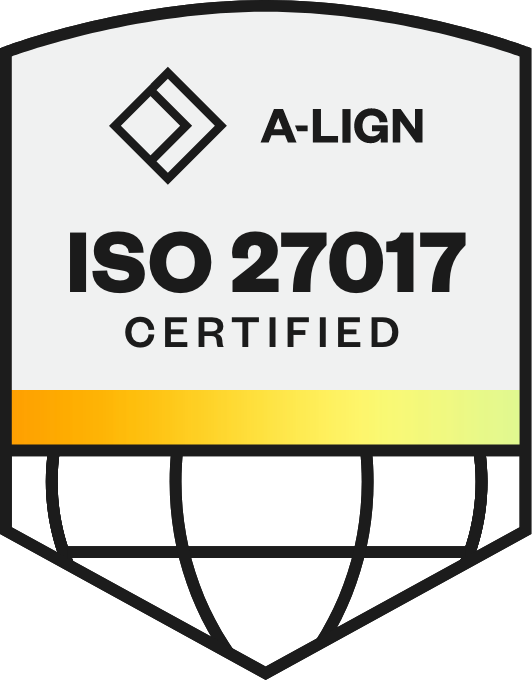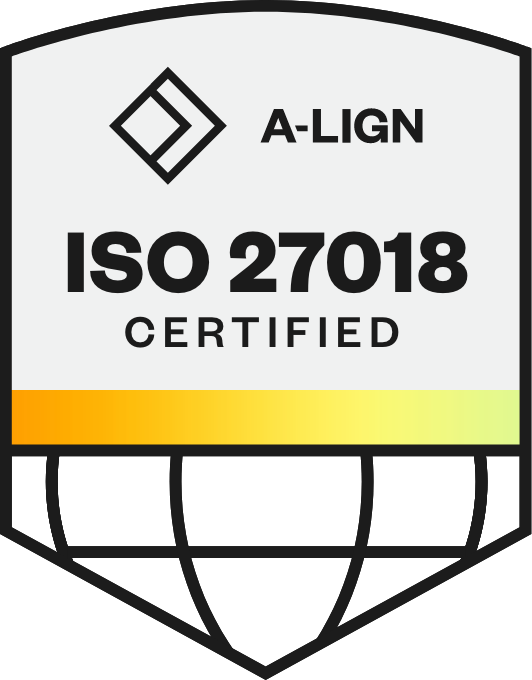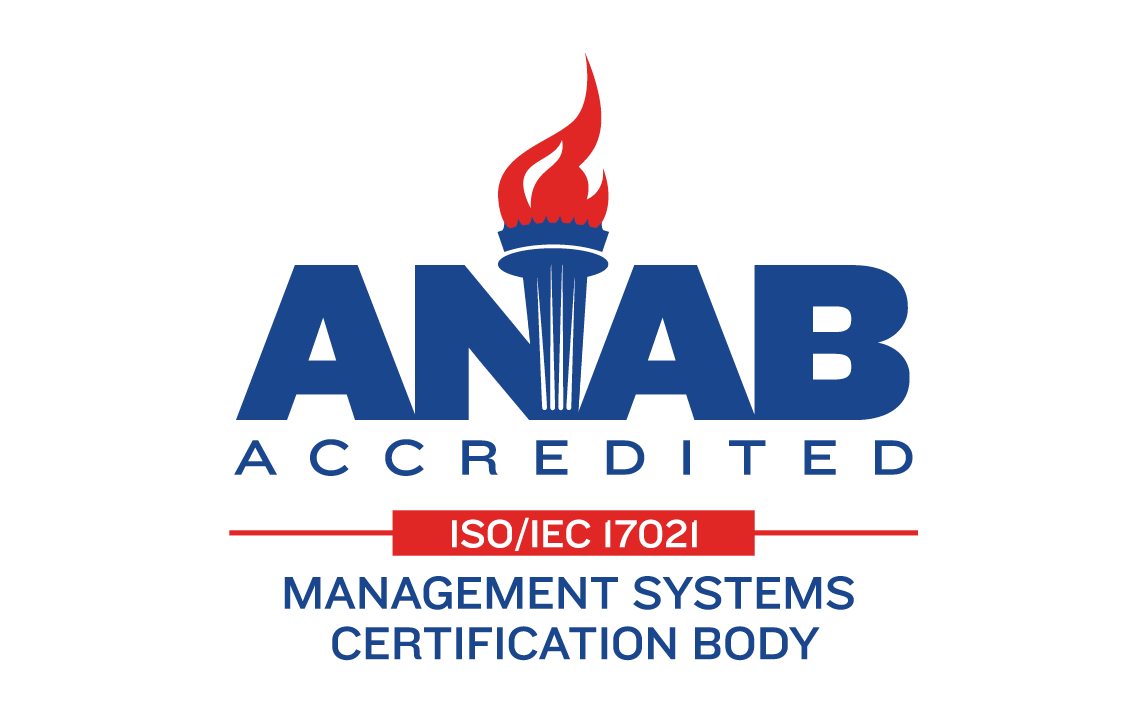
Redefining Talent Experience: How AI is Revolutionizing HR Technology
The talent experience landscape continues to shift rapidly, with AI leading the charge in transforming the recruitment processes. Organizations worldwide are seeking comprehensive solutions that can handle everything from candidate attraction to employee retention while managing increasingly complex workforce demands. Traditional recruitment methods may slow down the process for today's HR landscape, where speed, personalization, and data-driven decisions determine success.
In a recent TaPod episode, industry leader Meredith Wellard, founder and CEO of theSpark and former head of TA at DHL Group, sat down with Phenom’s Dan Ridd to explore how AI-powered platforms are reshaping the future of HR technology.
From moving beyond legacy point solutions to leveraging integrated platforms that help companies future-proof their talent strategies, their discussion highlighted the need for HR leaders to embrace agility, innovation, and efficiency to hire faster and retain longer.
Listen to the entire episode here or read ahead for highlights!
In this Article:
The Role of AI in Recruitment
AI has moved beyond a buzzword to become a practical assistance tool that transforms how recruiters work. The technology personalizes candidate experiences by showing relevant opportunities based on individual profiles and behaviors. Reed drew parallels to consumer experiences, noting how platforms like Netflix and Amazon use AI to display personalized content.
AI's impact extends far beyond candidate-facing features. Intelligence and automation can be applied to handle tedious, routine tasks like interview scheduling, resume screening, and initial candidate communications. This automation frees up recruiters to focus on relationship building and strategic conversations with potential hires.
Managing Global Talent Operations at Scale
Global organizations face unique challenges when implementing new technology across diverse markets and massive workforces. Cultural differences, varying regulatory requirements, and different hiring practices across regions can complicate deployment strategies. Wellard’s experience at DHL Group demonstrated these challenges at scale, overseeing recruitment for a 600,000-person global workforce that hired between 150,000-180,000 new team members annually.
For her team, their biggest talent challenges included:
Managing 220 separate career sites
Competing internally for the same talent pool
Third-party vendors with services charging candidates fees for interviews
Fragmented brand experiences across different markets
To address these issues, their talent acquisition team recognized the need for a comprehensive solution that would not only streamline their candidate experience globally, but also bring the AI and automation needed to stand out against competitors.
Wellard highlighted the platform's adaptability: "It allows that flexibility, adaptability. We can allow Cincinnati to have a localized marketing campaign and allow Texas to have a different one. If you're recruiting 50 or so people a year in Bulgaria, you need Bulgarian language and you need a career page, and you need that to be localized, but you don't need all the bells and whistles."
The implementation demonstrated how strategic technology adoption can solve both immediate operational challenges and long-term strategic positioning while maintaining DHL's commitment to transparent, compliant operations.
The transformation delivered measurable results:
Hard-to-fill positions improved from seven months to less than three months
The unified career site achieved substantial performance improvements
Strengthened employer brand across all markets
Improved operational efficiency through cohesive candidate experience
Related: How DHL Delivers an Irresistible Employer Brand That Drives Results
Skills-Based Hiring Revolution
Wellard and Reed also discussed how skills are becoming the new currency in talent management. Teams are moving away from legacy-based hiring to skills-based approaches that better match candidates with opportunities and identify potential. This shift becomes particularly important as job roles evolve rapidly and traditional degree requirements may not reflect actual capability needs.
Reed highlighted how Phenom’s approach has been to put skills first, always: "Skills have always been at the forefront, so it's always been in our products. We look at the skills you've got out there in the market, look at the skills that you're bringing in, and look at the skills that you have in your organization.”
Related: What it Takes to Lead in Skills Intelligence: Lessons from the First PEAK Matrix® Assessment
Additionally, Wellard shared how DHL approached skills discovery and development: "We set up a sourcing hub for hard-to-fill roles. We'd never done that before — and it was leveraged off of Phenom, which was hugely successful." This approach helped them identify talent with transferable skills and reduce dependency on external recruiting for specialized positions.
Other leaders can also draw inspiration from DHL’s strategy: By identifying employees ready for new roles based on comprehensive skill profiles rather than just job titles, organizations can reduce hiring costs and improve retention through clear career advancement opportunities.
Related: Skills-Based Approach: How AI and Automation are Transforming Hiring and Productivity
Integration Challenges and Solutions
The recruitment technology landscape has traditionally been fragmented, with organizations using multiple specialized tools for different functions. This approach often creates data silos and workflow inefficiencies that slow down hiring processes.
Organizations often struggle with technology sprawl, using multiple systems that don't communicate effectively. Reed shared a striking example: "I think about a client I met who has 15 different HR technologies. What they said to me was that we have been told by the CIO that we can't do this anymore."
This fragmentation creates several challenges. Organizations cannot track return on investment effectively when data doesn't flow between systems. Administrative overhead increases as teams must manage multiple platforms. User experience suffers when recruiters and candidates must navigate numerous disconnected tools. Integrated platforms or platform-based solutions address these challenges by consolidating functionality while maintaining flexibility. Organizations can reduce their technology footprint without sacrificing capability, leading to better user adoption and clearer performance metrics.
Reed explained how Phenom takes this approach with its holistic end-to-end talent experience platform: "We are a full product platform. So if you think about everything from hiring to managing your employees to retiring, we provide solutions for everything from hello, hire to retire." It also serves as an engagement layer that works alongside existing HCM systems — such as SAP SuccessFactors, Workday, and Cornerstone — enabling organizations to optimize their existing technology investments while introducing enhanced capabilities.
This comprehensive approach addresses a growing concern among business leaders who are experiencing challenges in managing numerous disconnected systems.
The Future of Recruitment Technology
Looking ahead, the industry is moving toward more sophisticated AI agents that can handle complex interactions autonomously. These agents go beyond simple chatbots to conduct meaningful conversations with candidates, schedule interviews, and even perform initial screenings. This evolution of AI represents a significant advancement from traditional automation, offering personalized interactions that feel natural and helpful rather than robotic.
Wellard stressed the importance of strategic thinking when selecting technology: "People need to do this investigation to understand what's out there. Strategically understand your business, make a decision on what you're looking for, and then make sure that it has future potential."
This balanced approach recognizes that organizations shouldn't swing from using too many systems to expecting one platform to handle everything perfectly. The key lies in finding the right combination of integrated solutions that work together effectively while maintaining flexibility for future technological advances.
Related: Improve Candidate Screening: Detailed Guide to Screen Smarter & Faster
Reed also highlighted Phenom's recent AI developments as an example: "We have 20+ AI agents… [including a] conversational voice agent that can speak to a candidate and give that time back to the recruiters, book an interview, and automate [tedious tasks]."
This level of automation allows recruiters to focus their time on final-stage candidates who have already been pre-qualified. The voice agents can conduct phone conversations, handle initial screening questions, and provide candidates with relevant information about roles and company culture.
Making Technology Work for People
One of the biggest challenges about AI in recruitment is whether it will replace human recruiters entirely. Both Wellard and Reed emphasized that AI should augment human capabilities rather than replace them. Reed explained: "We're not trying to get AI to replace the recruiters. We want the recruiter to get back to doing those meaningful tasks. We want them to speak to these candidates and say, 'Hey, this is why you should join our team.'"
This human-centered approach recognizes that successful recruitment ultimately depends on building relationships and creating positive experiences. Technology should handle routine tasks so recruiters can focus on the strategic and interpersonal aspects of their role.
Organizations that embrace AI thoughtfully are positioning themselves to win the talent by creating better experiences for candidates and recruiters while achieving measurable business results.
Building Tomorrow's Talent Experience Strategy
The talent acquisition industry stands at a pivotal moment where AI technology offers real solutions to longstanding challenges while creating new opportunities for competitive advantage. Organizations that adopt comprehensive, integrated platforms while maintaining focus on human relationships will be best positioned for success in an increasingly complex labor market.
As the talent competition intensifies, the teams that leverage technology to create seamless, personalized experiences will have a significant advantage in attracting and retaining the best candidates. Successful implementation requires strategic thinking, careful planning, and a commitment to continuous adaptation as technology evolves.
The future belongs to organizations that can balance technological innovation with human-centered approaches, creating recruitment processes that are both efficient and engaging. By preparing for tomorrow's challenges today, forward-thinking companies are positioning themselves to thrive in whatever changes the talent market brings next.
To learn more about how Phenom helps companies future-proof their talent strategies with intelligence and automation, book a demo today.
Devi is a content marketing writer who is passionate about crafting content that informs and engages. Outside of work, you'll find her watching films or listening to NFAK.
Get the latest talent experience insights delivered to your inbox.
Sign up to the Phenom email list for weekly updates!



